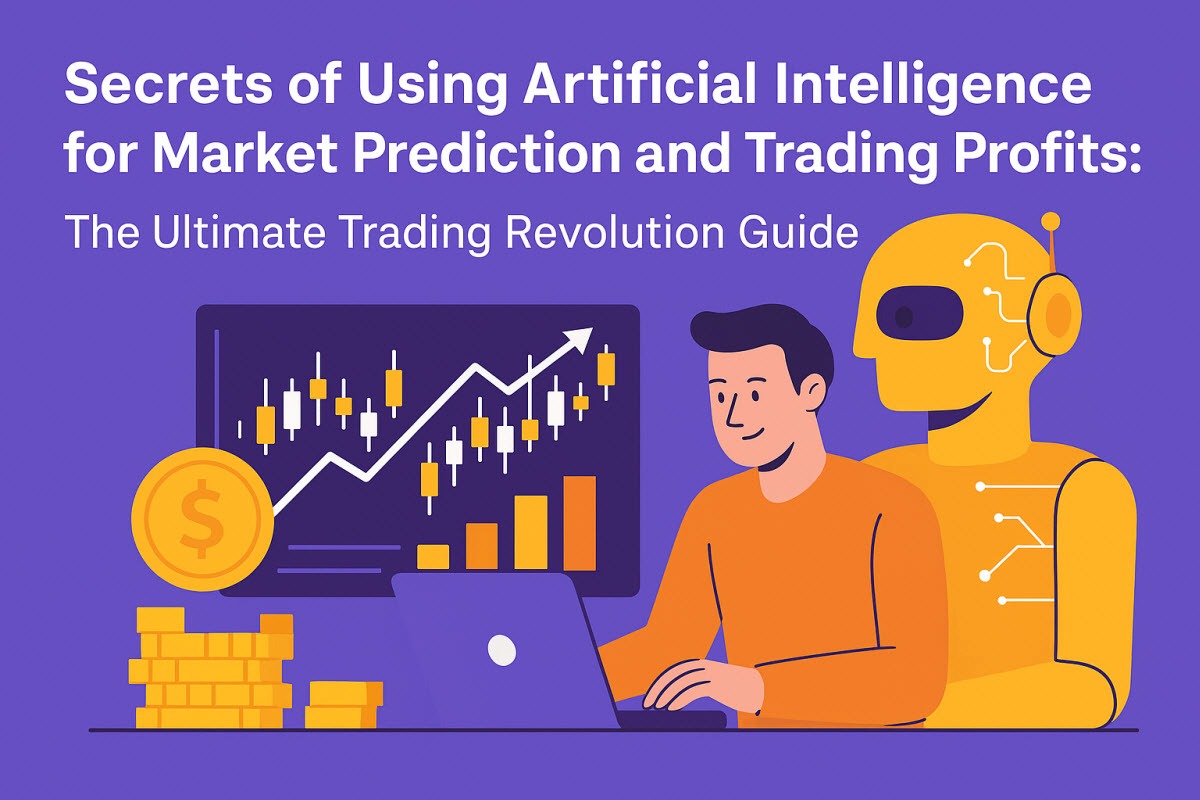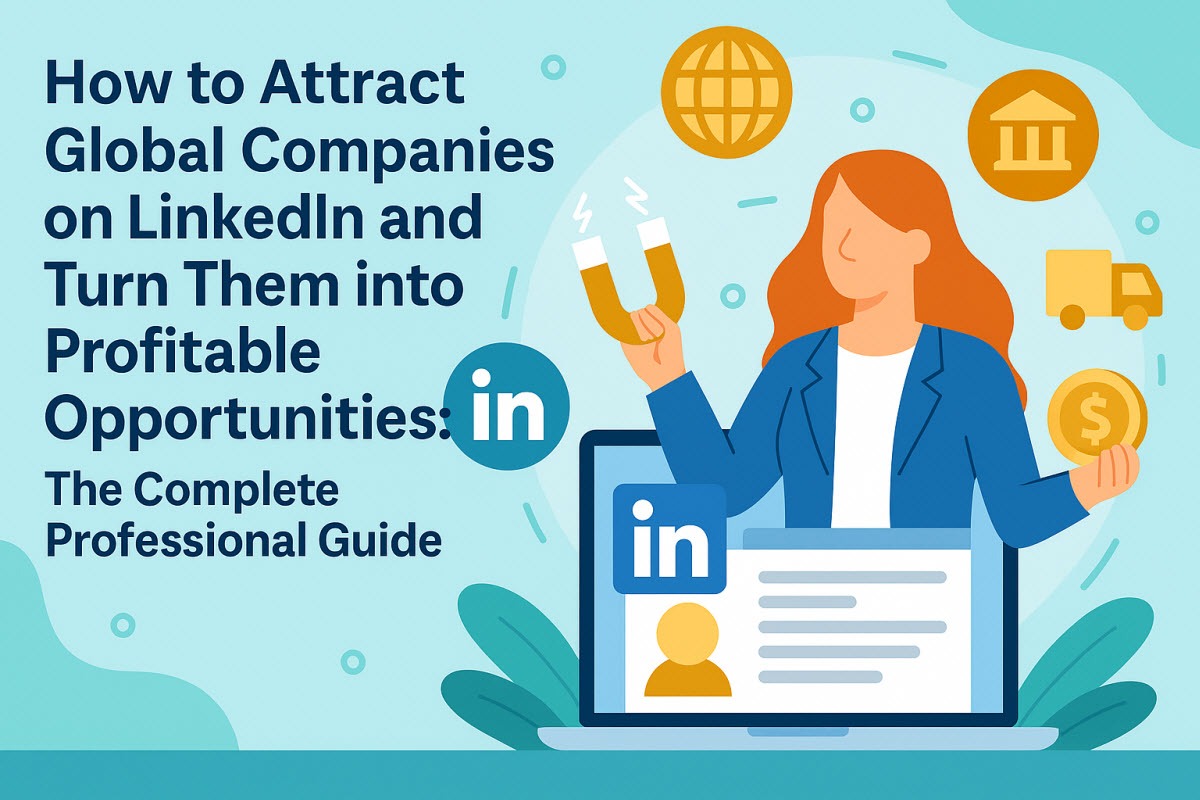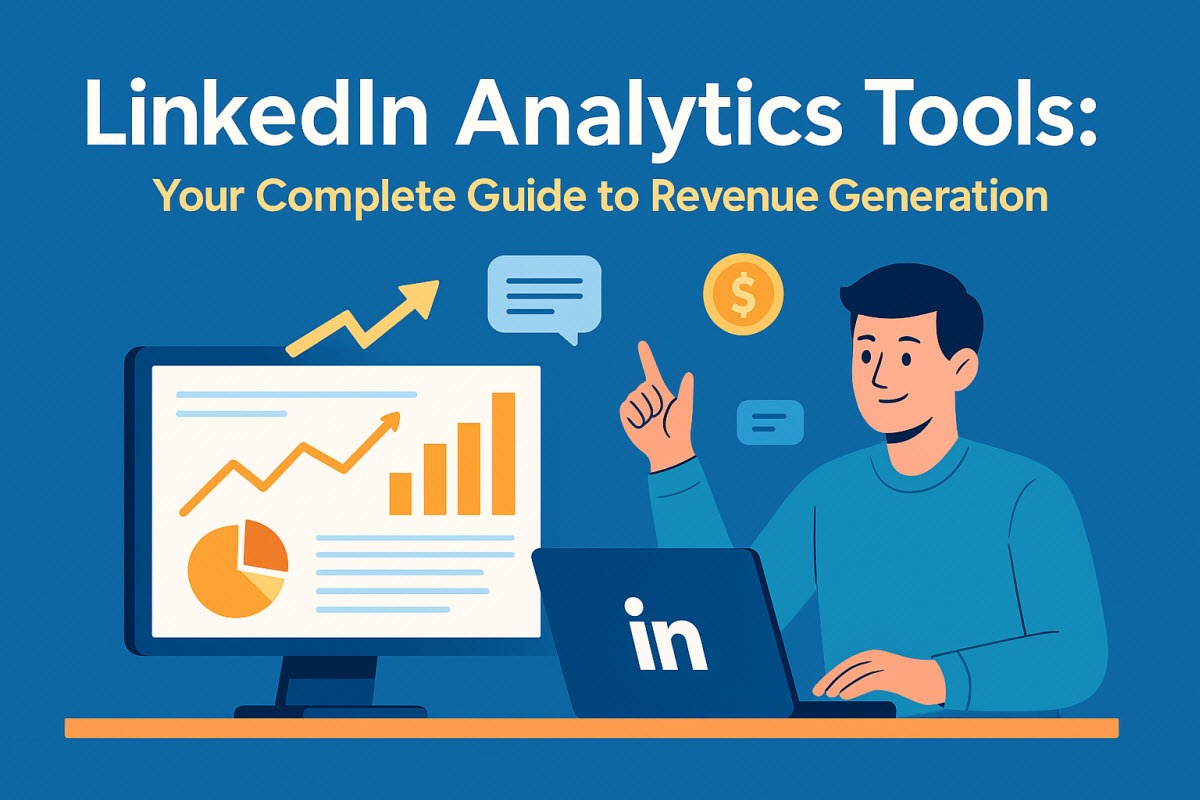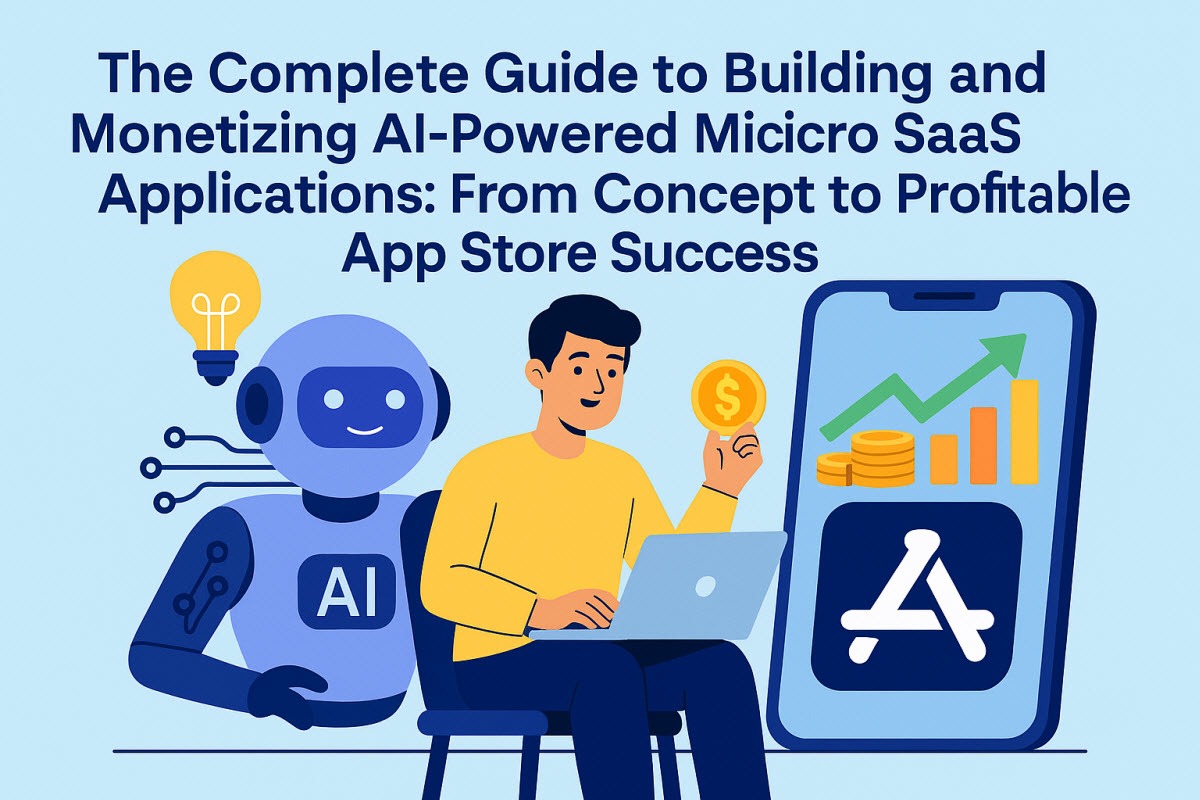Secrets of Using Artificial Intelligence for Market Prediction and Trading Profits: The Ultimate Trading Revolution Guide
Artificial intelligence (AI) and machine learning (ML) have brought about a radical change in the financial markets. Today, the use of AI-powered market prediction tools has become a mainstay in modern trading as these tools provide visibility of market movements, pattern prices, and trading opportunities like never before. This comprehensive guide is a revelation of the once-hidden secrets of using AI for market prediction and generating profits through smart trading.
Table of Contents
- Understanding AI in Financial Markets
- Core AI Technologies for Market Prediction
- Essential AI Trading Platforms and Tools
- Machine Learning Models for Price Prediction
- Algorithmic Trading Strategies with AI
- Risk Management Using AI Systems
- Building Your AI Trading Portfolio
- Advanced AI Trading Techniques
- Performance Optimization and Backtesting
- Implementation Roadmap for AI Trading Success
Understanding AI in Financial Markets
Artificial intelligence has profoundly changed the way traders deal with markets, foresee the prices' movement, and implement trading strategies. AI-powered decision-making systems have the capacity to collect, compile, and interpret extremely large sets of data concerning the market comprising several exchanges, find the cryptic market behavior patterns invisible to human traders, and execute trading decisions in the fraction of a second according to highly advanced algorithms.
The Evolution of AI Trading
Modern AI trading systems are the result of the combination of multiple technologies, each of which contributes to the creation of great prediction and execution engines:
Machine learning Algorithms analyze historical price data, volume patterns, and market indicators to uncover lucrative trading opportunities. Eventually, these systems keep on learning from market behavior and adjust the strategies to suit market conditions.
Natural language processing (NLP) keeps its eyes/ears on news feeds, social media sentiment, earnings reports and economic announcements to measure the market sentiment and predict price changes on the basis of fundamental analysis.
Deep Learning Networks process complex and multi-dimensional data sets to reveal the hidden correlations between different assets, market sectors, and economic indicators in a complex market relationships context.
Quantitative Analysis Tools operate mathematical models which are able to calculate the ratios of risk vs. reward, to optimize the sizing of positions, and to determine the most convenient entry and exit points for trades.
Why AI Trading Works
AI-driven trading systems have diverse justifications and real benefits over traditional methods:
- Speed and Efficiency: AI enabled systems are capable of carrying out trade in a rapid manner, that is in milliseconds after they have analyzed the data for thousands of parameters
- Emotion-Free Trading: The algorithm removes emotional bias from the trading as there is a strict adherence to predetermined strategies.
- 24/7 Market Monitoring: AI systems do not rest and can be at the locations of the global markets at any time day or night, thus having a continuous watch over the markets.
- Pattern Recognition: One of the advanced algorithms property is that it can highlight the complexities in the data which are impossible for human traders to find
Core AI Technologies for Market Prediction
Knowing what AI technologies are at the base of the systems that have been through numerous successful trades is a matter that, without a doubt, has to be dealt with first if one wants to come up with a trading strategy that really works.
Machine Learning Models
Supervised Learning is grounded on historical market data which has all the outcomes known. Predictive models are then trained with such data. The models take into account past price movements, volume patterns, and technical indicators, and predict the market behavior of the future.
Unsupervised Learning, the focus is on identifying the latent patterns in the market data, without having the outcomes set beforehand. In this manner, the method could discover market abnormalities, clustering behaviors, and changes in the structure of the market dynamics.
Reinforcement Learning produces trading agents who figure out the best possible strategies through trial and error, thus, progressing their performance continuously by relying on market feedback and profit-loss outcomes.
Neural Network Architectures
Recurrent Neural Networks (RNNs) suit best for sequential data processing such as time series price movements, thus, predicting short-term market fluctuations and trend continuations is a task they do well.
Long Short-Term Memory (LSTM) Networks fix the problem of long-term dependencies in market data, hence allowing traders to recognize patterns that go as far as weeks or months and not only days or hours.
Convolutional Neural Networks (CNNs) are used for the processing of chart patterns and technical analysis visuals, i.e. they are able to "see" the price charts just as the seasoned technical analysts do.
Sentiment Analysis Systems
AI sentiment analysis tools monitor multiple data sources to gauge market psychology:
Social Media Monitoring follows Twitter, Reddit, and financial forums to understand the mood of retail investors and uncover discussions that could have an impact on the market.
News Analysis collects and interprets financial news, earnings reports, and economic announcements aiming to decide their impact on particular stocks or market sectors.
Institutional Flow Analysis keeps eyes on large block trades, options activity, and institutional positioning so as to locate smart money movements.
Essential AI Trading Platforms and Tools
The success of AI trading will be greatly dependent on the availability of sophisticated platforms and tools that not only provide the analytical capabilities but also the execution infrastructure.
Professional AI Trading Platforms
QuantConnect allows complete algorithmic trading platform with abundant AI and machine learning libraries. The platform offers multi-asset hard and soft cloud backtesting with data of quality used by institutions.
Registration Process:
- Go to QuantConnect.com
- Sign up for a free account with email confirmation
- Pick up community or professional tier
- Start developing algorithms in the web-based IDE
- Immediately execute on the connected brokerage account(s)
Alpaca is a commission-free trading platform that is coupled with a powerful API for algorithmic strategies. The platform just like the AI framework easily integrates and offers real-time market data.
TradingView can be described as a fusion of advanced charting and Pine Script programming language, which enables traders to develop their own AI indicators and automated trading strategies.
AI-Powered Analysis Tools
Kavout implements artificial intelligence to dissect stocks and generate investment ratings through machine learning models that consume both fundamental and technical data.
Yewno delivers AI-powered market intelligence by digesting huge amounts of unstructured data to pinpoint investment prospects and market trends.
Kensho provides AI-powered market analytics to equip traders with the knowledge to comprehend the possible consequence of events on particular stocks and sectors.
Data Providers and APIs
Alpha Vantage brings to the table market data APIs that are comprehensive and come with built-in technical indicators and fundamental data, which are just right for feeding AI trading algorithms.
Quandl has the goal of combining alternative and traditional financial data from hundreds of sources to allow AI models to include unique datasets for competitive advantage.
Polygon.io grants access to up-to-the-minute and historical market data, with WebSocket feeds made for high-frequency AI trading applications, which can be real-time or
Machine Learning Models for Price Prediction
Building the right price prediction models based on machine learning requires understanding the different types of ML models and their suitability for diverse market scenarios.
Time Series Forecasting Models
ARIMA (AutoRegressive Integrated Moving Average) models are fit for the job of forecasting short-term movements of prices in trending markets by studying the interplay of current and historical prices.
GARCH (Generalized Autoregressive Conditional Heteroskedasticity) models are strong in the area of volatility market prediction, thus making it easier for traders to locate the calm and stormy periods of the market.
Prophet is an open-source time series forecasting model by Facebook that smoothly manages seasonal and holiday effects in financial data and gives excellent results for long-term market predictions and spotting cyclical patterns.
Ensemble Learning Approaches
Random Forest algorithms build on the combination of multiple decision trees to create the most robust predictions that perform well in different market conditions and across various asset classes.
XGBoost and LightGBM are some of the Gradient Boosting techniques that gradually perfect prediction models by adopting the redoing idea, i.e., by revising previous predictions and using the remaining errors as the basis of the next training cycle.
Neural Network Ensembles refer to a combination of single neural networks with varying architectures that result in a more stable and accurate prediction than any one model alone.
Deep Learning Architectures
Transformer Models first application was for natural language processing, but these days they are widely accepted as the best performers in sequential financial data analysis and in spotting long-range dependencies.
Generative Adversarial Networks (GANs) provide the avenue where synthetic market data can be generated for the purpose of strategy testing and the creation of robust backtesting environments.
The introduction of attention mechanisms makes it easier for AI models to zero in on the most important bits of the historical data, thereby making the prediction more accurate and less of a black box.
Algorithmic Trading Strategies with AI
To be successful in AI-powered trading, one has to implement strategies that have been tried and tested and leverage insights from machine learning all the while keeping effectively in control of the risk.
Momentum-Based AI Strategies
ML-powered Trend Following is a method of machine learning application that operates by first detecting the vigor and length of a given trend and then executing the traditional momentum strategy with an added component of trend continuation probability prediction which results in trend following getting its predictive power from ML.
Breakout Detection uses pattern recognition algorithms to spot probable breakout levels and verify breakout legitimacy with more significant accuracy than conventional technical analysis.
Mean Reversion alongside AI melds statistical analysis and machine learning to uncover overbought and oversold situations, forecasting when prices will likely return to their average.
Market-Making and Arbitrage
Statistical Arbitrage incorporates AI to discover the differences in prices between related securities and then makes the trades when the difference goes beyond the closeness of historical data.
Cross-Asset Arbitrage integrates machine learning to uncover arbitrage opportunities across different asset classes, currencies, and markets.
High-Frequency Market Making enables AI to supply the market with the needed liquidity while managing the inventory risk by way of detailed position management algorithms.
Multi-Factor AI Models
Factor Discovery relies on machine learning to produce new alpha factors from unique data sets that are not accessible to traditional trading strategies.
Dynamic Factor Weighting modifies the factor importance of different factors based on their current market conditions that lead to strategy performance improvement in different market regimes.
Risk Factor Modeling recruits AI to predict risk factor exposures better and thus allow for more correct hedging and risk management.
The same way AI facilitates affiliate marketing strategies as explained in our comprehensive guide to AI-powered affiliate marketing, artificial intelligence is the reason behind trading transformation as it automates complex decision processes and uncovers patterns that human traders are not able to discover.
Risk Management Using AI Systems
The principle of effective risk management forms the foundation of successful AI trading. This both protects your capital and, at the same time, lets you maximize your profit potential.
Portfolio Risk Assessment
Value at Risk (VaR) Modeling combines Monte Carlo simulations with machine learning to project how much the portfolio might lose in varying market conditions.
Stress Testing installs AI to prepare market scenarios that are extreme and to evaluate how the portfolio can retain its strength in a market crash and during a spike of volatility.
Correlation Analysis incorporates dynamic correlation models that reveal how the relationship between two assets changes under different market conditions, thus, avoiding the risk of over-concentration.
Real-Time Risk Monitoring
Position Sizing Algorithms make the positions sizes automatically change in accordance with the fluctuations of the market, account equity, and risk tolerance parameters.
Dynamic Stop Loss employs artificial intelligence that uses the factors such as current market conditions, volatility trends and the trajectory of the price to determine and change the stop-loss levels.
Drawdown Protection technology or algorithms that function by either lessening the sizes of the positions or totally stopping the trading when drawdown limits are within closing range, thus, ensuring the safety of capital for the times of new possibilities.
Advanced Risk Metrics
Maximum Drawdown Prediction uses machine learning to calculate the most likely maximum drawdown periods that result in hard market conditions, thus, guiding traders to be ready.
Sharpe Ratio Optimization applies the help of AI to achieve the highest possible risk-adjusted returns by striking the balance between return generation and volatility management.
Kelly Criterion Enhancement lever machine learning to improve the position size decisions by more accurately measuring the probability of a win and the average ratios of win/loss.
Building Your AI Trading Portfolio
Systematic planning, diversification, and keeping the portfolio continuously optimized are the key to success in AI trading portfolio.
Asset Selection and Diversification
Cross Asset Strategies are the adoption of AI models in the stocks, forex, commodities, and cryptocurrencies markets to eliminate the risk of correlation and double the opportunities for profit.
Sector Rotation harnesses machine learning to discover the strong and weak areas of a sector and then automatically allocate funds into the sectors representing the highest profit potential.
Geographic Diversification gets the aid of AI to keep an eye on world markets and spot the pockets of opportunity in different time zones and stages of the economic cycle.
Strategy Diversification
Multi-Timeframe Analysis is the combination of short-term scalping algorithms with medium-term swing trading and long-term position strategies.
Strategy Correlation Management is a tool that ensures low correlation between different AI strategies, so that they don't lose all at the same time.
Adaptive Strategy Selection harness meta-learning algorithms to decide what strategies give the most result with current market conditions.
Capital Allocation
Dynamic Capital Allocation changes the amount of capital assigned to one or more strategies depending on their latest performance, market conditions, and risk metrics.
Progressive Position Scaling allows one to increase position sizes slowly as positive returns are proven in the case of strategies and exposure to underperforming strategies is simultaneously lowered.
Reserve Capital Management holds cash reserves for buying into promising deals at a favorable price and for emergency situations.
Advanced AI Trading Techniques
Professional AI traders use very complicated techniques which are beyond the mere implementation of machine learning.
Alternative Data Integration
Satellite Data Analysis that relies on the interpretation of satellite images to forecast the prices of raw materials, the sales of stores, and the level of economic activities.
Social Sentiment Mining utilizes natural language processing to gather social media sentiment and thus predict how it will influence specific shares and sectors.
Patent Analysis is an AI application that assists in analyzing patent filings and forecast companies benefitting from technological progress.
Multi-Modal Learning
Text and Price Fusion successfully combines the price data with news to form stronger prediction models which consider both technical and fundamental factors.
Image Recognition Trading is one of computer vision where the technology looks into the historically obtained graph in order to spot the opportunity of trading following a visual pattern of the graph.
Audio Analysis integrates the prediction of a company's performance by means of the analysis of the content of the earnings call and the CEO's speech patterns.
Reinforcement Learning Applications
Dynamic Portfolio Rebalancing is a technique of using deep reinforcement learning to select rebalancing intervals and implementation methods so as to achieve the best optimization results.
Adaptive Risk Management includes the use of RL agents appointed with the task of constantly acquiring the best strategies of risk management through interacting with the market.
Market Making Optimization employs reinforcement learning in a bid to adjust bid-ask spreads and to properly manage inventory in market-making strategies.
To show the parallels, the same AI tools that revolutionize content creation and passive income generation as explained in our ultimate guide to building passive income with AI tools can also be utilized to launch automated trading systems that bring continuous profits.
Performance Optimization and Backtesting
Among other things, AI trading strategies are put to rigorous tests and are optimized in order to ensure that they perform well in real market conditions.
Backtesting Methodologies
Walk-Forward Analysis evaluates strategy effectiveness with out-of-sample data, thus confirming that models can be successfully applied to new market situations.
Monte Carlo Simulation creates a multitude of possible market situations and tests a strategy under each one to check its strength and to predict its performance range.
Cross-Validation Techniques Moreover, these techniques prohibit overfitting as they require that the model's performance be checked on different data splits and time periods.
Performance Metrics
Risk-Adjusted Returns Among others, these metrics use Sharpe ratio, Sortino ratio, and Calmar ratio to track strategies' performance. It is particularly emphasized that the strategies should have good risk-adjusted performance over time.
Maximum Drawdown Analysis Besides this, the analysis of the maximum drawdown identifies the worst-case scenario for the strategy and as such allows for checking if the risk level is acceptable.
Win Rate and Profit Factor On, the trade statistics level are analyzed in order to comprehend both the consistency of the strategy and the ability of providing profits.
Optimization Techniques
Hyperparameter Tuning One popular method for tuning is grid search which is often complemented with random search and Bayesian optimization to further narrow down the optimal parameter set.
Feature Selection uses different methods to find the most predictive variables while avoiding overfitting.
Model Ensemble Optimization combines a few models to create more robust and stable predictions.
Live Trading Considerations
Slippage Modeling takes into account the difference between backtested and live execution prices, ensuring realistic performance expectations.
Transaction Cost Analysis includes commissions, spreads, and market impact into performance calculations.
Latency Optimization tries to reduce the time between the order is placed and executed through co-location, optimized algorithms, and efficient data processing.
Implementation Roadmap for AI Trading Success
AI trading success is a methodical way that gradually expands skills and capital progressively.
Phase 1: Foundation Building (Months 1-3)
Learn Programming Skills: Master Python programming with a focus on pandas, numpy, scikit-learn, and TensorFlow for financial data analysis.
Understand Market Mechanics: Learn the basics of the market such as microstructure, order types, and execution strategies to understand how AI algorithms interact with markets.
Data Collection Setup: Create data feeds and storage systems that are reliable for historical and real-time market data.
Paper Trading Implementation: Start AI trade tests using fake money to prove the ideas without financial risk.
Phase 2: Strategy Development (Months 4-8)
Model Development: Develop machine learning models of price prediction and signal generation.
Backtesting Infrastructure: Develop thorough backtesting systems that authentically reflect all trading costs and market conditions.
Risk Management Integration: Set up advanced risk management systems that safeguard your capital along with increasing returns.
Performance Monitoring: Create interactive real-time monitoring systems to keep track of strategy performance and market conditions.
Phase 3: Live Trading Launch (Months 9-12)
Small Scale Deployment: Start live trading but with smaller position sizes to check if the strategy works in real market conditions.
Performance Analysis: Regularly check and analyze the results of live trading and compare them with backtested expectations.
Strategy Refinement: Upgrade theories and approaches basing on live trading experience and the trend in the market.
Scale Gradual Increase: Step by step, raise the size of the positions and the amount of money allocated to the strategies as they become profitable.
Phase 4: Advanced Implementation (Year 2+)
Multi-Strategy Portfolio: Introduce various AI strategies, which are independent from each other, to lower the risks and raise the stability of profits.
Alternative Data Integration: Use unconventional data sources to forecast the market and thus, to gain an edge over your competitors.
Infrastructure Optimization: Make expenditures on the top-of-the-line hardware, colocation, and execution technology for the best performance.
Institutional Integration: Think about collaborating with hedge funds or proprietary trading firms in order to have access to more capital and resources.
Advanced Tools and Platforms Integration
AI Development Frameworks
TensorFlow and PyTorch are the main machine learning frameworks, with additional financial apps and time series analysis as the target applications.
Keras supplies high-level deep learning APIs that are easy to use and accelerate the creation of complex market prediction models.
Scikit-learn is a library for machine learning that contains algorithms for data analysis and model development that are specifically optimized for financial data.
Specialized Financial AI Libraries
TA-Lib provides functions for the technical analysis of stocks and commodities that can be combined with signal machine learning models for improved signal generation.
Zipline is an open-source backtesting platform that focuses on algorithmic trading strategies and portfolio management.
PyAlgoTrade allows for event-driven backtesting as well as live trading and has support for different brokers and data feeds.
Cloud Computing Solutions
AWS (Amazon Web Services) is a source of computing power which can be scaled up or down for training very large machine learning models and for executing algorithmic trades in real-time.
The Google Cloud Platform is an AI and machine learning service provider that has applications in finance and trading that require high-frequency.
Microsoft Azure positions itself as a platform offering several Artificial Intelligence (AI) tools and services with a feature of strong financial integration.
The use of AI in the creation of ebooks, as well as the success of Amazon KDP, are explained in our comprehensive guide to AI tools for writing and selling ebooks, and these same AI concepts can be leveraged to create the same sophisticated trading algorithms that continuously identify lucrative market opportunities.
Legal and Regulatory Considerations
Compliance Requirements
SEC Registration is probably needed for some AI trading strategies which are in charge of client capital or are operating as investment advisers.
Risk Disclosure requirements make sure that all the significant risks that are related to AI trading strategies are the right way communicated to investors and other stakeholders.
Record Keeping requirements refer to the detailed documentation of trading decisions, model changes and performance attribution.
Ethical AI Trading
Market Manipulation Prevention is the main goal of the Antitrust and Competition Division of the U.S. Department of Justice which makes sure that AI strategies do not participate in activities that can be considered market manipulations or insider tradings.
Fair Market Access is the concept which creates AI strategies to be used by market efficiency rather than by giving one side of a market an unfair advantage.
Transparency Standards can be considered as the disclosure of certain AI methods while at the same time satisfaction the security of the trading strategy is respected.
International Considerations
Cross-Border Trading is the knowledge of different regulatory regimes and compliance requirements necessary for operating in multiple jurisdictions.
Data Privacy Laws such as GDPR affect the manner in which AI systems collect, process, and use personal and financial data for trading purposes.
Currency Controls and Capital Movement restrictions heavily affect the decision of deploying AI trading strategies in one market over another.
Future Trends and Opportunities
Emerging Technologies
Quantum Computing is one of the new technologies that promise to radically transform AI trading in a way that it will be able to handle much more complex market models and optimization problems.
Blockchain Integration is one more innovation that will lead to AI revolution is the use of Blockchain that will allow the creation of decentralized AI trading systems and novel market structures that were not possible before.
Edge Computing With the implementation of edge computing technology, market data will be processed by AI systems in real-time and closer to market data sources which would cut down latency and hence improve the quality of the execution.
Market Evolution
Decentralized Finance (DeFi) technologies are changing the rules of the game and the market has started witnessing the emergence of new AI-powered arbitrage and market-making strategies over blockchain-based markets.
Central Bank Digital Currencies Next step for AI in finance is the introduction of Central Bank Digital Currencies that will not only open new trading possibilities but also require prevalent AI models to adapt to the new market structures.
Sustainable investing is the last integration that the financial AI systems have received, so now the AI systems are able to utilize the ESG data for the purposes of investment and risk management.
Technology Advancement
Explainable AI The development of Explainable AI makes the understanding of AI trading decisions and trusting them, especially in regulated environments where it is mandatory, easier.
Federated Learning allows AI models to be developed in collaboration with each other without the need to share private sensitive trading data with other institutions.
AutoML Platforms With the help of AutoML Platforms, advanced machine learning capacities become easily accessible and as a result, AI trading is more easily attainable to smaller market participants.
Conclusion
The decision of integrating AI into trading and market prediction is definitely one of the brightest opportunities for financial professionals and individual traders. What is required for achieving this success is the combination of various skills, including technical expertise, market understanding, and diligent adoption of reliable AI algorithms.
Creating the right AI trader is all about figuring out how to connect these new smart tools with your comprehensive trading system that is designed to manage risk, boost performance and remain flexible in the ever-changing market. If you are a novice wanting to get into the world of AI trading or a professional with skills looking to improve the present strategies, the principles and methods discussed in this manual will definitely take you on the right way.
Indeed, AI in trading does not mean that the human decision-making factor should be eliminated, but it is just part of the crew where the strong analytical tools that you are now equipped with will help you to become more efficient and to identify more patterns than a normal human could find. The primary ingredient to the success of AI traders is not only the use of high technology but also the employment of market knowledge resulting in trading systems that can make money while being stable.
Begin your AI trading journey with little tests, take the focus on a continuous learning and improvement, and step by step you will have the necessary skills, and capital to be successful in this captivating and very fast-growing field. The future will be of those traders who can make full use of the power of artificial intelligence, and at the same time, keep their discipline and risk management, the two pillars which have been present all along in the history of trading and that have always had a significant role in the success of trading.
If you employ the tactics and tools mentioned in this in-depth guide, then you will be just right to make the most of the fantastic and immense opportunities that AI-powered trading and market forecasting bring to today's volatile financial markets.






